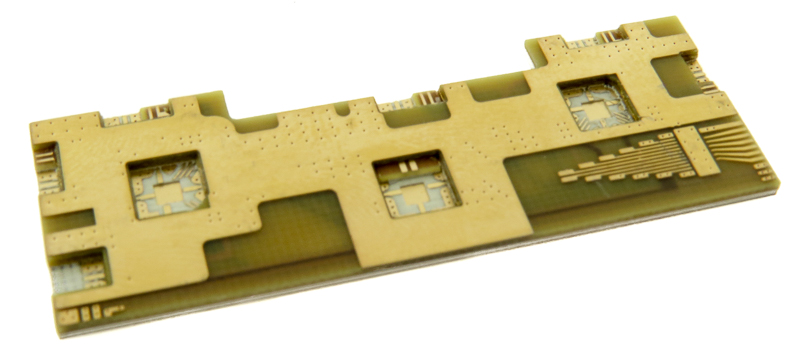When talking about the world of technology, we often focus on the performance that circuitry and components provide to keep up with the fast-paced electronics we use in commercial businesses and our daily lives. We are achieving higher processor speeds and frequencies that become demanding on present printed circuit boards (PCBs). Yet, we also need to focus on the sizes of the applications that can have an impact on the PCB design.
When tackling any new project, it’s human nature to focus on the most difficult and uncertain tasks first, while leaving the perceived low-risk and simple activities for the end. When it comes to developing a new product, whether it be for a medical device, commercial widget, or even a mil-aero box build, the initial focus is on the major system elements.
Occasionally, customers have to change battery suppliers. There are many different reasons for these changes. It could involve the battery supplier going out of business, the customer may find a supplier that can offer similar batteries at lower prices and faster time-to-market deadlines, the quality of the battery could be lacking, or there is a disruption to the supply chain for the supplier that the customer must make a temporary switch to an optional manufacturer to complete project deadlines.
Higher current carrying flex circuit designs create challenges that need to be addressed early in the design process to ensure both a manufacturable design and that it will reliably meet the bend requirements. These items range from material types/availability, bend capability/flexibility, impact on standard signal lines, and part cost.
At the conclusion of our webinar, How PCB Design Choices Affect Overall Cost from Your PCB Fabricator, we had several questions submitted to our presenter, Ed McMahon, CEO at Epec. We have compiled these questions into a readable format on our blog.
At the conclusion of our webinar, Using Rigid-Flex PCBs to Improve Design Reliability, we had several questions submitted to our presenter, Product Manager of Flex & Rigid-Flex Circuits, Paul Tome. We compiled these into a readable format on our blog.
One of the first steps in designing a custom cable assembly is selecting the wire. There are lots of options to choose before the design can be frozen. Selecting a UL spec wire can be challenging if you are unfamiliar with the standards but knowing just a few options allows for a simplified design.
Flex and rigid-flex circuit boards are a combination of both electrical and mechanical requirements that allow for solutions to many tight packaging requirements. However, this combination is also the potential source of design challenges as some electrical requirements can have a negative impact on the mechanical bend capabilities of flex circuits. If not, correctly addressed the reliability of the finished design may be compromised.
Dynamic flexible circuit boards have the capability of solving many interconnect and packaging challenges in designs that require repetitive motion. They allow for extremely high-density interconnects while consuming a very small amount of space. However, these applications have a different set of design rules than that of a “one-time” or “bend-to-fit” static application.
At the conclusion of our webinar – Design Considerations for Lithium Batteries Used in Portable Devices – we had several questions submitted to our presenter, Battery Development Consultant Randy Ibrahim. We compiled these into a readable format on our blog.























